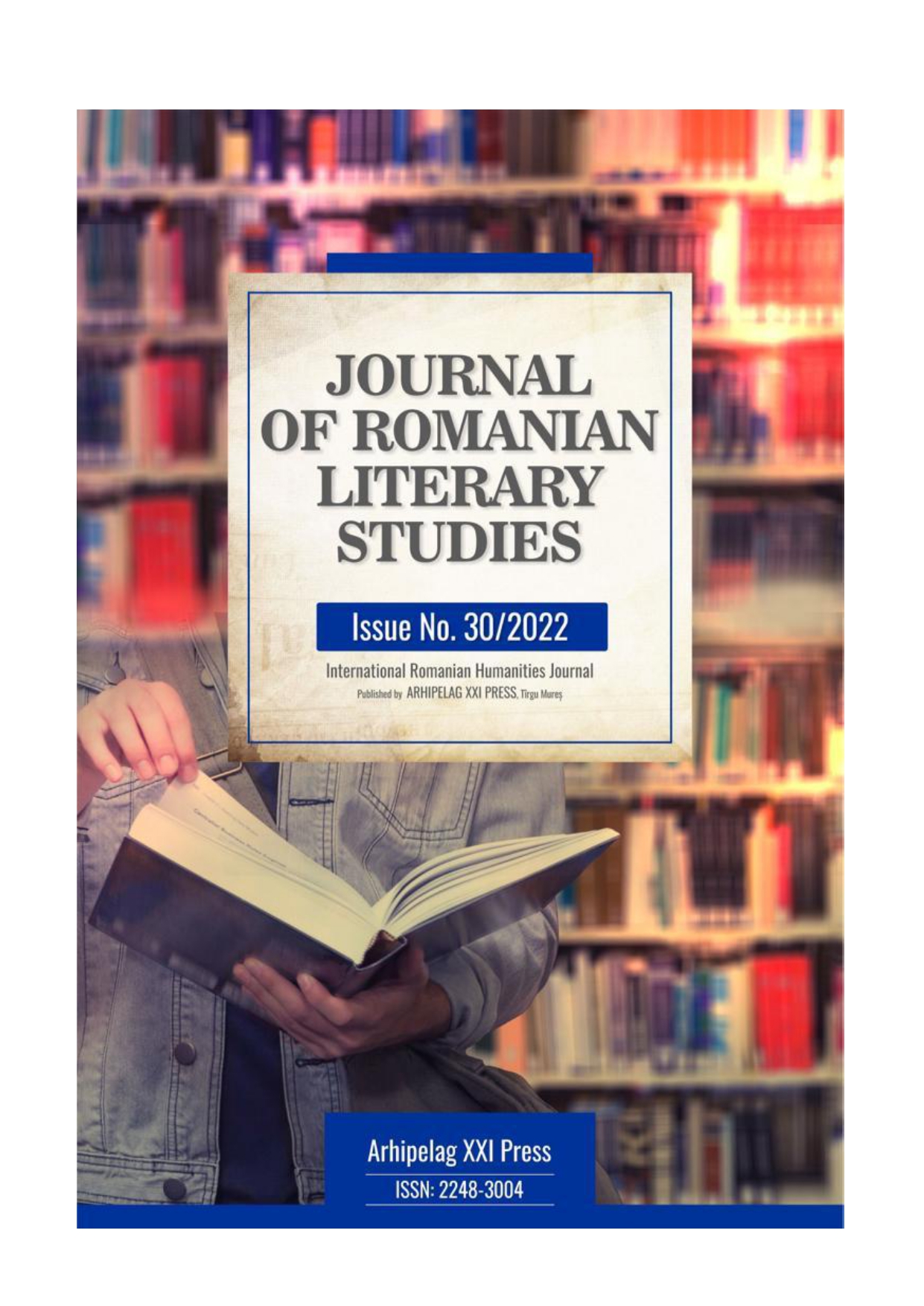PSYCHOTROPIC, HALLUCINOGEN AND NARCOTICS PLANTS IN ROMANIAN FOLKLORE AND MYTHOLOGY
PSYCHOTROPIC, HALLUCINOGEN AND NARCOTICS PLANTS IN ROMANIAN FOLKLORE AND MYTHOLOGY
Author(s): Constantin-Andrei PătrăuceanSubject(s): Customs / Folklore, Anthology, Romanian Literature, Cultural Anthropology / Ethnology, Philology, Theory of Literature
Published by: Editura Arhipelag XXI
Keywords: mythology; psychotropic plants; hallucinations; ritual; magic;
Summary/Abstract: Romanian mythology contains numerous magical-ritual beliefs and practices that can fulfill their true purpose only with the help of external symbolic stimuli: in this sense, in the present work we focused our attention on psychotropic botany and its image within Romanian folklore. We must state from the outset that open discussion of narcotics and hallucinogenic plants has until recently been considered taboo, perhaps because of the effect they can have on the human psyche. Thus, in the present study we aim to create a general picture of psychotropic plants from Romanian mythology, bringing into question involuntary intoxications or cases in which these plants are used in certain rituals and magical practices, but starting with a brief context of the existence of shamans. This paper is not an encouragement to try narcotics and hallucinogenic plants, but aims to discuss magical or even medicinal effects as they occur within archaic societies. Starting, in particular, from Andrei Oișteanu's study on psychotropic plants, we made an inventory of plants specific to the Romanian people, among which we mention: sorghum, butcher's wort, hemp (cannabis sativa), poppy, rye horn, hashish, opium, elder or even various alcoholic beverages with strong psychotropic effects.
Journal: Journal of Romanian Literary Studies
- Issue Year: 2022
- Issue No: 30
- Page Range: 580-587
- Page Count: 8
- Language: Romanian

